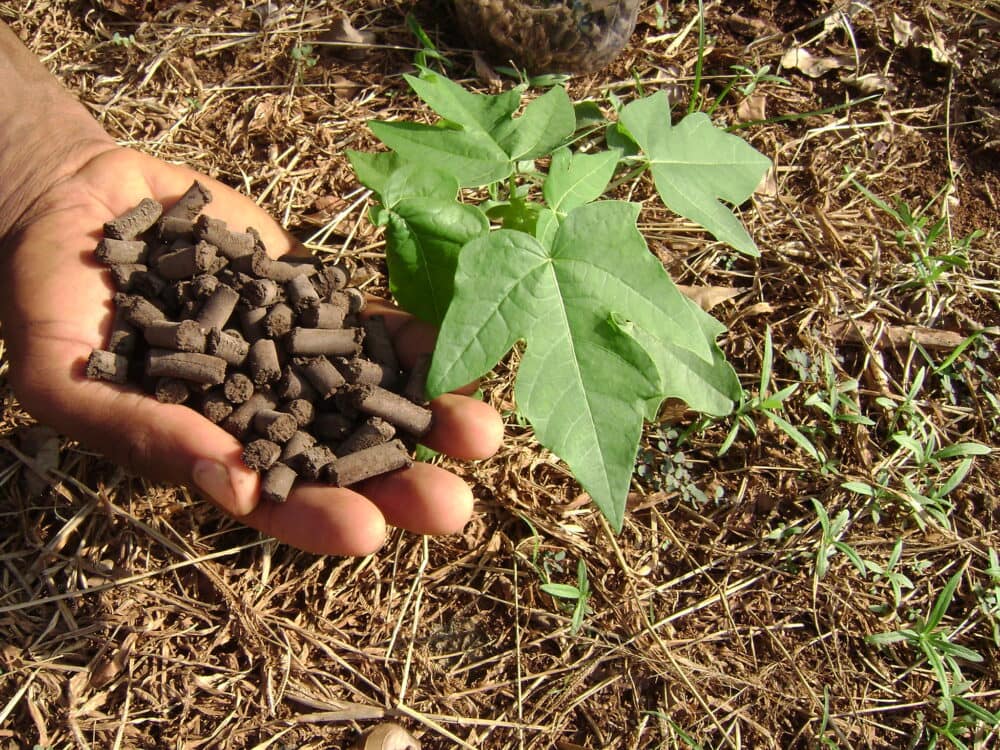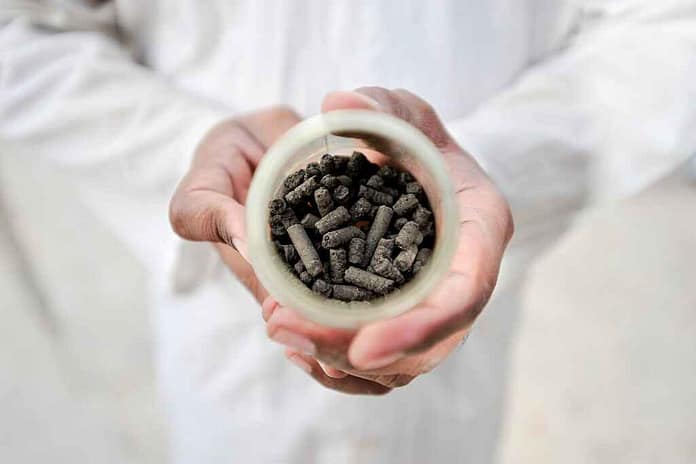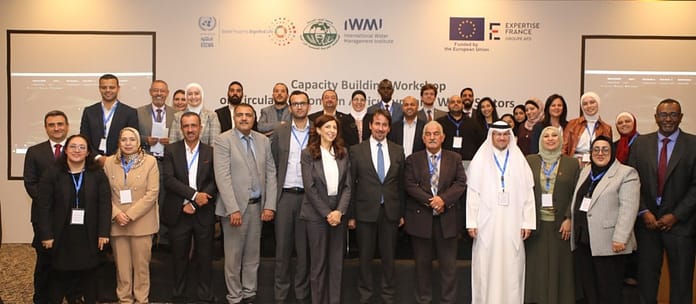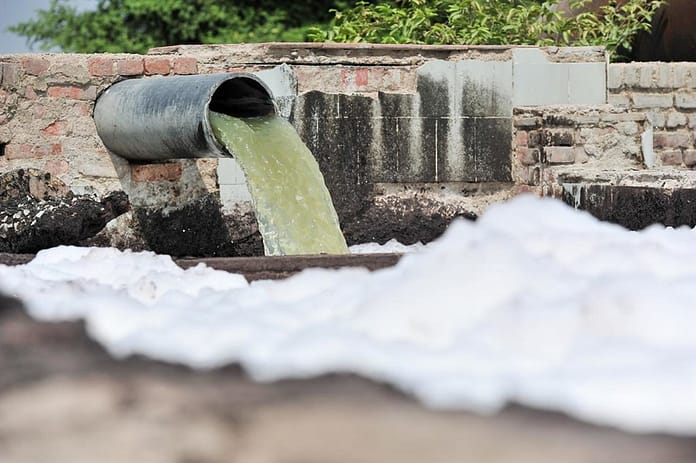By Oluwadara Alegbeleye, Susanne Bodach, Muluken Adamseged & Avinandan Taron
With a growing population and increasing pressure on natural resources, the Ethiopian economy can benefit from solutions that stimulate sustainable growth and development. Circular bioeconomy is a model that promotes sustainable and efficient use of biological resources and minimizes waste in any given supply chain. This approach has great potential to revolutionize various sectors and address critical challenges related to food security, resource management and help to contribute to a more resilient and prosperous future.

The socioeconomic benefits of a circular bioeconomy
Circular bioeconomy in Ethiopia is potentially relevant for agricultural productivity, but certain strategies such as the optimization of agricultural practices and the promotion of sustainable farming techniques can enhance agricultural productivity. By adopting bioeconomy strategies, such as the use of organic matter to improve soil fertility, promotion of agroforestry practices, and exploration of bio-based alternatives to traditional farming inputs, Ethiopia can foster sustainable agricultural and socioeconomic development. For example, several Controlled Environment Agriculture (CEA) technologies and practices can be implemented to enhance agricultural productivity and sustainability. Greenhouse farming, hydroponics and aeroponics, aquaponics, solar-powered irrigation, biogas production as well as some precision agriculture technologies such as drones and geographic information system-based devices are feasible and can optimize agriculture and improve efficiency in relevant sectors of the Ethiopian economy. Furthermore, by promoting the reuse of organic waste for plant production and/or soil management, the country can better manage waste, mitigate environmental pollution, and potentially create new economic opportunities.
Successful adoption of bioeconomy in Ethiopia has potential to generate positive socio-economic impacts as it can create new employment opportunities, contribute to poverty reduction and sustainable development, enhance food security, and promote inclusive growth. Transition to a suitable bioeconomy model however requires concerted efforts on various critical fronts such as innovation, technology and investment climate. Robust local biotechnology research can benefit the development of bio-based products. This requires stakeholders including the government to invest in infrastructure such as waste management facilities, recycling centers and renewable energy systems. Supportive policies and regulatory frameworks as well as strategies can stimulate competitiveness in key sectors. Policymakers should thus explore approaches that can create an enabling environment for research, investment, and market development. Some potentially valuable approaches include incentivizing sustainable practices, promoting the creation and sustenance of bio-based industries, and ensuring compliance with environmental standards.
It’s time to invest in bio-based solutions
Research indicates that there is growing consumer interest in sustainable products and services in many parts of the world including Ethiopia. Some studies have also identified sectors with high potential for bio-based innovations, such as agriculture, energy, and waste management in Ethiopia. For instance, Lulu Senessa Farm in processes 250kg of manure a day to produce 10m3 biogas and 150 kg organic fertilizer per day. S&S Farm in the Oromia region and Melkam Endale Dairy Farm in also produce biogas and organic fertilizer but in even greater amounts. These findings indicate consumer demand trends that bioeconomy initiatives can satisfy. It is however imperative to conduct tailor-made research to evaluate the willingness of key stakeholders to engage in sustainable practices and support bioeconomy initiatives. Research could also explore the level of technological readiness and innovation capacity in the country. One vital goal of such research endeavors is to underscore the feasibility of implementing bio-based solutions and generate output that can facilitate investor decision-making.
Access to finance is another critical aspect that should be addressed for the development of circular bioeconomy projects. Adequate funding mechanisms, grants, or incentives can support sustainable initiatives while strong partnerships and cooperation among stakeholders can enhance the impact and scalability of bioeconomy projects in Ethiopia. Collaboration among various stakeholders, including government agencies, research institutions, industry players, investors, financial institutions, development agencies and local communities is thus required.
For instance, building on years of scientific work and partners’ efforts, the International Water Management Institute led the setting up of a circular bioeconomy innovation hub in Ghana as a one-stop shop for training, research, advisory support, and collaborations. The hub runs on co-ownership principles with over 16 diverse stakeholders contributing resources, such as expertise, infrastructure, and financing to support CBE for shared impact.
With the right support, incentives, collaboration and partnerships, Ethiopia can potentially become a hub for innovative and sustainable circular bioeconomy practices that benefit both the economy and the environment.








